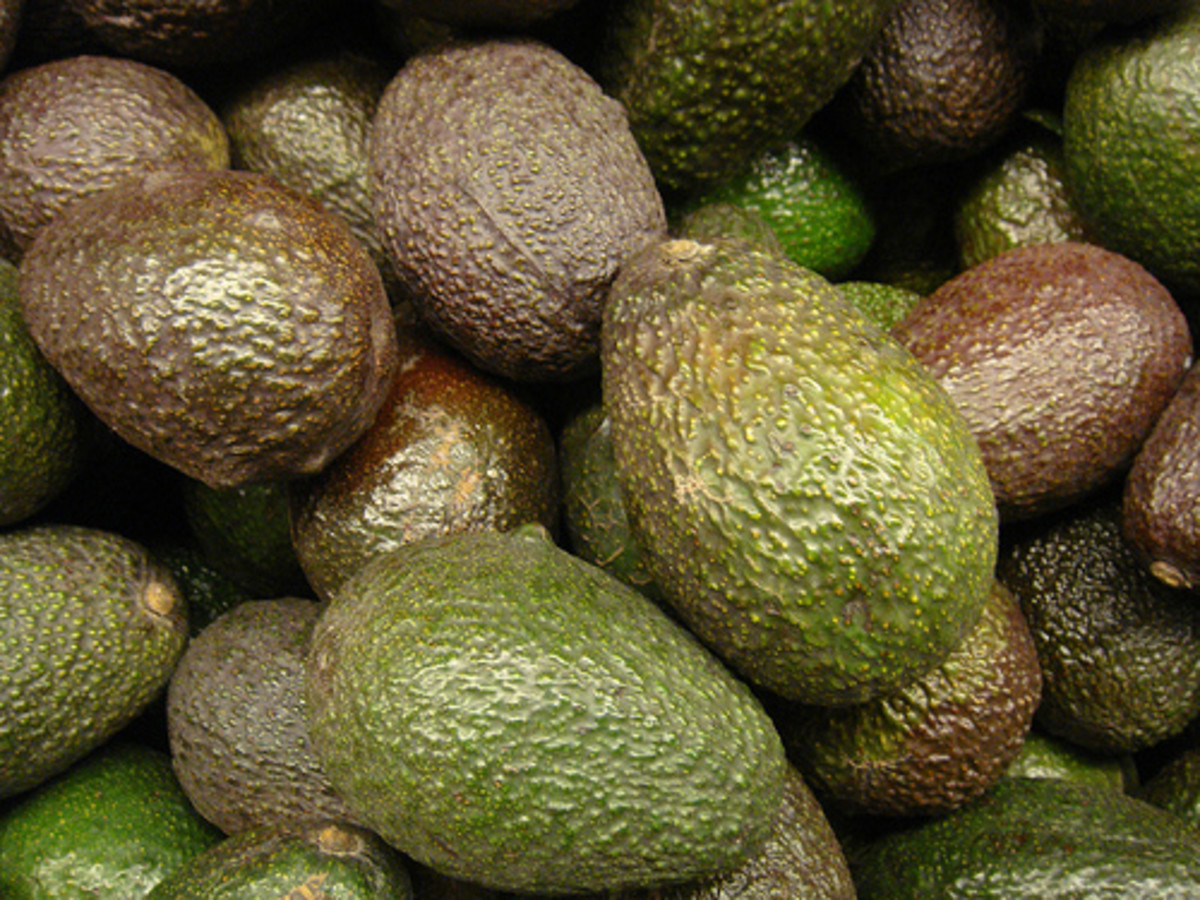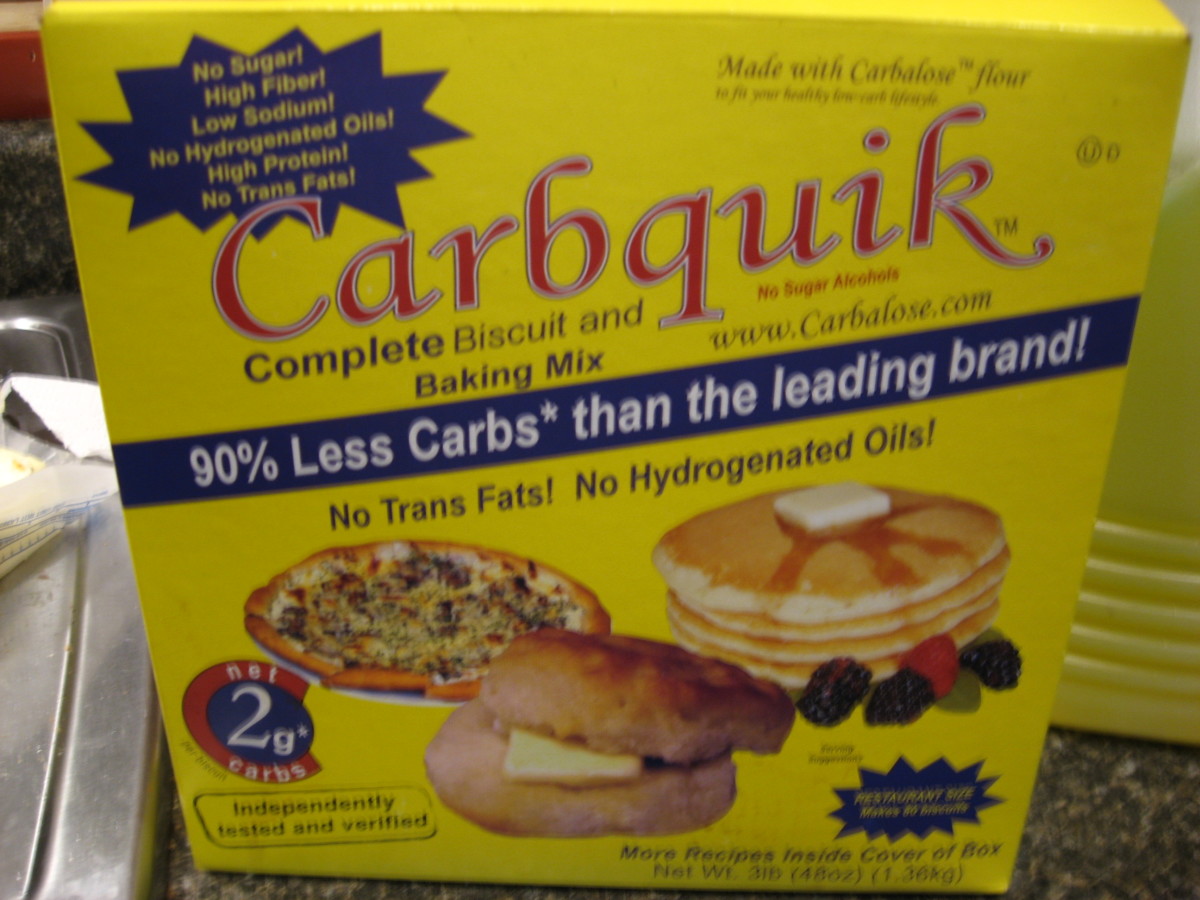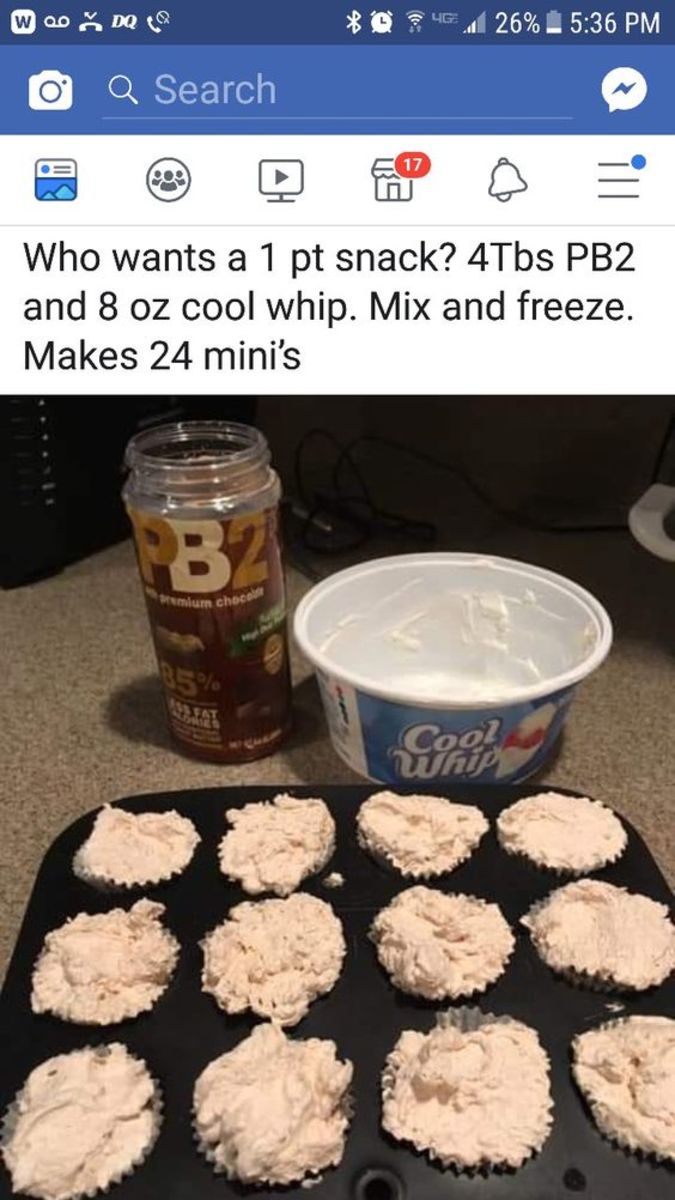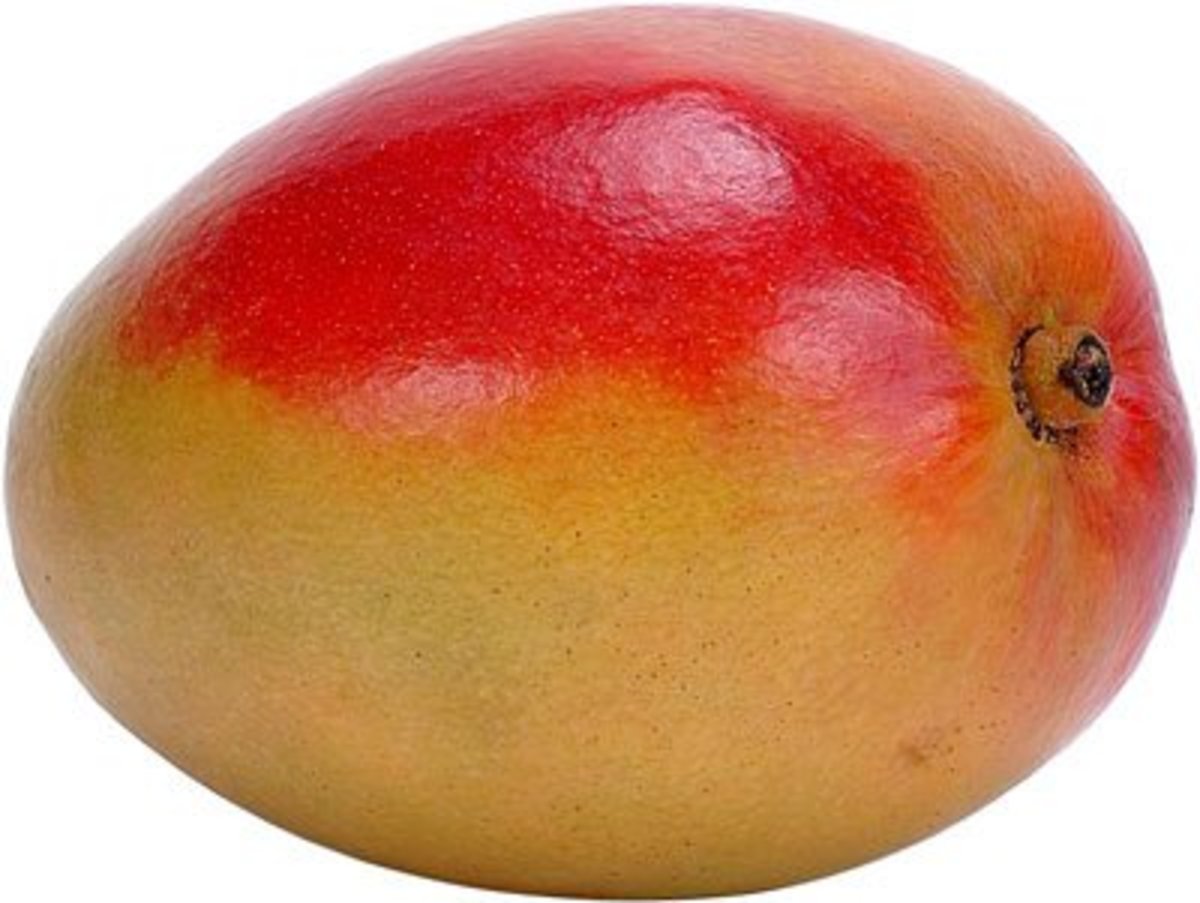Health Benefits of the Paleo Diet
Paleo Diet
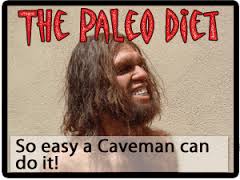
Paleo Diet or Paleolithic Diet
This lists some of the health benefits of the paleo diet or paleolithic diet. Paleo is short for paleolithic. Paleolithic is the period in time from about 2.5 million years ago to 10,000 years ago. This is the time before there was money or totalitarian agriculture. They also say this was the time before civilization.
This is referring to eating what humans ate during this time period. This is actually a new name for an old diet that was called back to nature. This diet is not about what to eat, but what to not eat. A vegetarian or vegan diet is the same in that it is about what not to eat. So it is not one way to eat but many ways to eat that fit into certain guidelines.
Like in some areas humans ate a lot of insects but that does not mean that you need to eat insects. I have seen charts that show that people following this diet should eat a lot of meat. people in an area with animals but little vegetation would eat a lot of meat. But people in an area with a lot of food vegetation may have eaten little or no animals.
Paleo, vegan and vegetarian diets have guidelines but most of it is up to you. For example a vegan or vegetarian could be only candy and nothing else. Or it could be mostly raw unprocessed whole plant foods. I have seen a paleo pyramid that had mostly meats and another one with mostly fruit and vegetables. One could even make a food pyramid with eating mostly insects. Keep in mind that if one ate meat they needed to eat all of it at once since they did not have refrigeration so meat or fish would only last hours before going bad. Whereas many plant foods can be stored for days or weeks.
It is up to you do decide what to eat since the people at this time only ate for enjoyment and to fill up their stomachs. Also they were limited to what food was around them. But we have all sorts of things what we can eat so one can follow a paleo diet and not eat animal foods. The best thing about the paleo diet is you are not eating processed foods.
Processed foods are processed by man and they want to make as much money as possible. So they make these foods so you will get fat and be addicted to them. Unprocessed foods are made by God or nature. Many of the chemicals that are added to food are extremely bad for health. Dr. Oz says to eat foods without an ingredient list. Dr. Oz says that raw plant-based foods are the healthiest foods. See Does Dr. Oz Follow a Raw Plant-Based Diet. He as women go to a zoo and eat these foods to show a big improvement in their blood measurements.
One of the worst things in processed foods is salt. It is a chemical, not a food. WebMD has an article saying that consuming salt is worse than smoking. A link to it is on this article that explains how salt, with no calories, can make you overweight. See Losing Weight: Can Salt Make You Overweight.
I just came across information that would strongly encourage you to eat a paleo diet with little to no animal foods. It is in an article called Cholesterol and Other Causes of Heart Attacks. It shows why there has been confusion with a quote from the book called Cholesterol Wars. It shows the very best ways to prevent heart attacks and strokes that are both caused by artherosclerosis that is clogging of the arteries.
Here is something that people at the paleolithic period did not need to be concerned about. They did not have to be concerned about mercury in the sea (ocean) or pesticides or herbicides. Since this is increasing daily, people need to be concerned about what food and how much they should eat from the sea. It is a higher concern for mercury for pregnant women.
The pesticides and herbicides can have bad effects on health and even make you fatter. Since animals eat the plants, the animals have a much higher concentration of the above toxins. This makes it better to eat lower on the food chain. For example large fish have a higher concentration of mercury than small fish.
There are certain nutrients that vegans and vegetarians need to be concerned about. Here is an article that discusses this called Health Benefits of a Plant-Based or Vegan Diet. This has a lot of the latest science about eating animal and plant foods. For example they found that plant-eating animals get clogged arteries while meat-eating animals cannot get clogged arteries. Also it tells about 2 groups of people living in the same area and the group that ate little meat had virtually no heart disease which is a rare thing.
It also explains why females of child-bearing age benefit more from a plant-based diet. This is because studies show that eating less meat causes women to have less bleeding during menstruation and have less female problems associated with this like endometriosis Also it tells about bloodless menstruation.
Even though I explained above what the Paleo diet is about some have decided to make it a weight loss diet and you eat and do not eat what they say to eat and not eat. On this article by Michael Greger M.D., he says:
In 1997 an insulin index of foods was published, ranking 38 foods on which stimulates higher insulin levels. What do you think causes a larger insulin spike, a large apple and all its sugar, a cup of oatmeal packed with carbs, a cup and a half of white flour pasta, a big bunless burger—no carbs at all, or half of a salmon fillet. The answer is the meat.
They only looked at beef and fish, but subsequent data showed that that there’s no significant difference between the insulin spike from beef, versus chicken or pork—they’re all just as high. Thus, protein- and fat-rich foods may induce substantial insulin secretion. In fact meat protein causes as much insulin release as pure sugar.
Fine Points of the Paleo Diet
When it comes to eating meat, animals like cows are fed grains like corn. But cows usually eat grass so following this diet means they tried to eat beef that was fed grass. Also when you follow this way of eating, you are supposed to avoid grains since they say that they did not exist at this time. If you do eat grains the whole grains are healthier than the refined grains.
Some anthropology experts say that grains did exist at this time. But either way fruits and vegetables are healthier than grains. The CDC (Centers for Disease Control and Prevention), Harvard School of Public Health and the American Heart Association all say to eat more fruits and vegetables. They do not say to eat more grains or meat. For more on this see The Scientific Difference Between Plant and Animal Foods.
There are foods that are eaten like grains but are not grains. They are seeds. They are also considered to be healthier than grains. These foods are also called pseudocereals. They include amaranth, quinoa, buckwheat and chia seeds.
What about wild rice? It is Minnesota's State Grain. Wikipedia says that wild rice is a grain but Andrew Weil M.D. says that it is not a grain. Dr. Weil graduated Harvard College and Harvard Medical School. He says (Cooking with Grains: Wild Rice):
Wild rice is not a grain, but the seed of a native North American long-grain marsh grass. Hailing from the Great Lakes (though now mainly produced in California and Minnesota in flooded paddy fields), wild rice was once a staple of Native American cultures, such as the Algonquin, Ojibwa, Dakota, Winnebago, Sioux and Chippewa tribes, to whom this "good berry" was extremely valuable come long, harsh winters.
Eden Foods sells wild rice. They say that it is not a grain. Wild Rice Notes says:
Wild rice is the seed or fruit of an annual aquatic, reed-like grass belonging the Zizania genus of the Poaceae (Gramineae) grain family. It is a robust plant that grows to a height of 12 feet, with a two foot flowering panicle. It is not a true rice of the Oryza genus. It is used as cereal grain, but is classified as a pseudo-grain.
People insert their own ideas into this but it has nothing to do with how the people ate at this time. For example I saw paleo articles that say not to eat potatoes because they have a high glycemic index. But the people at that time would have eaten potatoes if they liked them since they did not know about glycemic index. Also glycemic load is even more important. Also in a study that had a few people eat only potatoes and margarine for over 300 days while doing heavy work and they had no problems.
I saw on one list where it said to not eat beets. Are they insane. They say not to eat beets because it is has a high starch content. Beets are the best source of nitric oxide that is extremely healthy for the body. See Improve Circulation with Nitric Oxide.
Also they say not to eat dairy. Of course adults of any mammals are not supposed to eat dairy. Over 70% of non-white people cannot digest dairy as adults. Many animals in the dairy industry are tortured in the way that they are treated.
As far as health benefits, it has every single health benefit including weight loss and longer life.
Legumes
Many paleo people say that legumes are not part of our ancestral diet like on the video below. Of course people do not know but are just guessing. Here is an article called Are Legumes Paleo? It says:
Back in November of 2013, Dr. Stephan Guyenet posted an article outlining the evolutionary history of legume consumption. He demonstrates that, contrary to popular belief, legumes were part of our ancestral diet. Recent analysis of Neanderthal tooth plaque revealed that they consumed wild varieties of peas and fava beans. (1) Since early humans are thought to have eaten a more diverse diet than Neanderthals, it is safe to assume that our human ancestors also ate legumes.
Dr. Guyenet also points to several contemporary hunter-gatherer groups that consumed significant amounts of legumes, including the !Kung San of the Kalahari desert (who relied heavily on a legume called the tsin bean) and the Australian Aborigines (who extensively harvested the seeds and gum of Acacia trees, another legume).
This research suggests that legumes are, in fact, “Paleo.
Studies have shown that adding legumes or beans to a diet has health benefits. Many websites say that soybeans are bad for health but this may be due to a misunderstanding or since most of the soy is GMO. But the U.S. government websites and other authoritative websites say that it is extremely healthy. The Japanese eat a lot more soybeans than people in other countries and they are the longest living people. Some say that their fermented soybeans are even healthier.
A nutritional fact is that natto (a fermented soybean food) is the only source of the MK7 form of vitamin K-2. This form is much more effective in keeping calcium out of the arteries where it forms plaque and in the bones. You can buy it in supplements. See Health Benefits of Natto.

